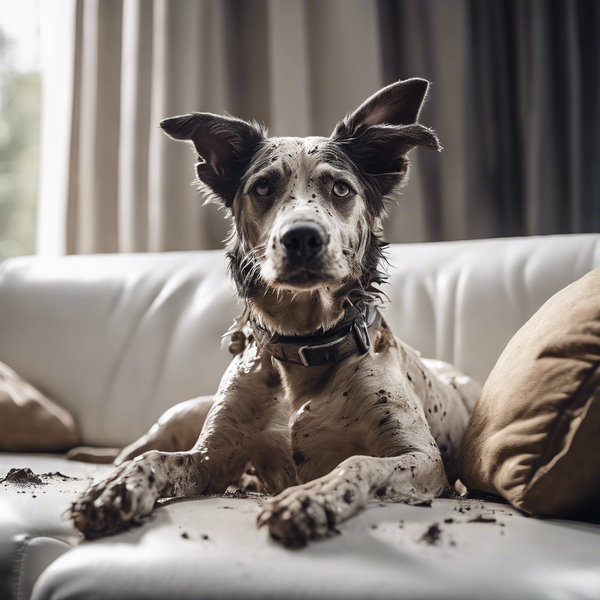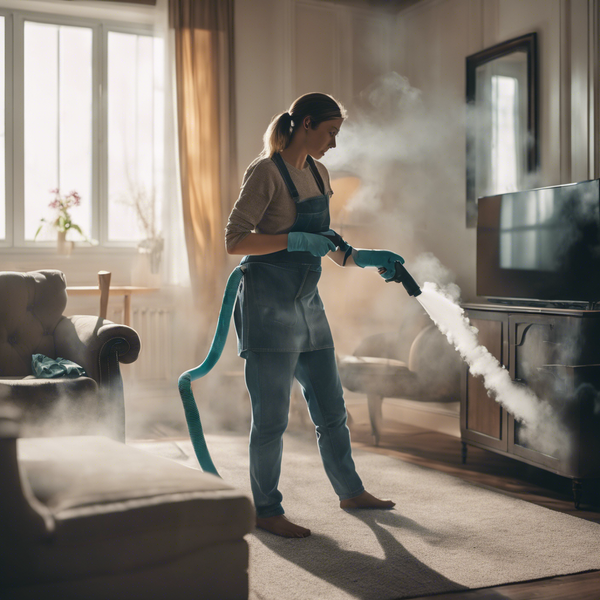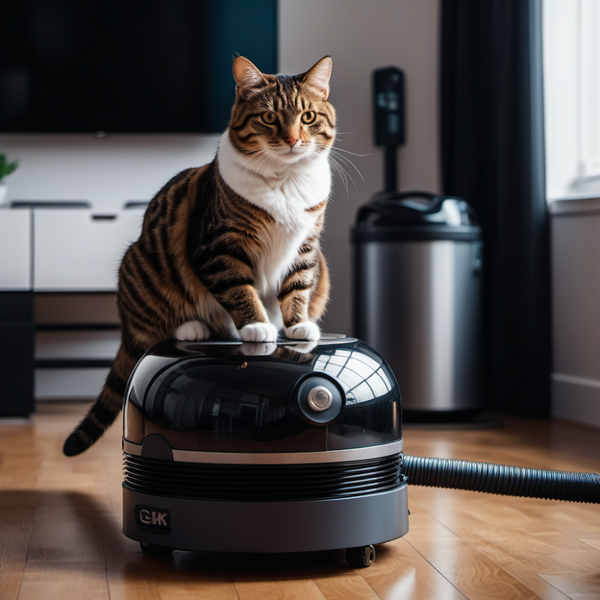Cats are wonderful companions, and part of the joy of owning a feline friend is ensuring they have a clean and comfortable environment. This often involves dealing with cat litter, which can be messy. Many cat owners may wonder if it's safe to use their household vacuum to clean up stray litter. In this comprehensive guide, we'll explore whether cat litter is bad for vacuums and provide you with all the information you need to keep both your home and your vacuum cleaner in top shape.
Key Takeaways:
- Understand the potential risks of vacuuming cat litter for different types of vacuums.
- Learn about alternative methods for cleaning up cat litter effectively.
- Discover maintenance tips to prolong the life of your vacuum when dealing with cat litter.
The Basics of Cat Litter and Vacuums
When it comes to cleaning up after your cat, reaching for the vacuum might seem like a quick solution. However, not all vacuums are designed to handle the coarse texture and potential dampness of cat litter. The small, granular nature of litter can clog the inner workings of a vacuum cleaner, while clumping litter, in particular, can absorb moisture and solidify, leading to blockages and even motor burnout.
Moreover, the dust from cat litter can be harmful to your vacuum's filters. Over time, this dust can accumulate and reduce the efficiency of the vacuum, requiring more frequent filter changes and potentially shortening the lifespan of the machine. It's important to consider the type of vacuum you own and its capabilities before deciding to use it for cat litter cleanup.
Types of Vacuums and Their Susceptibility
Not all vacuums are created equal, and their ability to handle cat litter varies. Canister vacuums, for instance, often have more powerful motors and better filtration systems, making them more suitable for picking up litter. On the other hand, traditional upright vacuums may struggle, especially if they have a bagless design where the litter can directly impact the filters.
Robotic vacuums are generally not recommended for cat litter cleanup. Their small size and complex navigation systems can easily be compromised by the abrasive nature of litter. Additionally, the rotating brushes on many vacuums can scatter litter rather than pick it up, leading to a bigger mess than you started with.
The Impact of Cat Litter on Vacuum Components
The components of a vacuum cleaner are not immune to the effects of cat litter. The beater bar or brush roll, which is designed to agitate carpet fibers and dislodge dirt, can become entangled with litter, causing wear and tear on the bristles. The drive belt that powers the brush roll can also be affected if litter gets caught, potentially leading to a snapped belt.
The vacuum's motor is at risk as well. Fine litter dust can bypass filters and enter the motor, causing abrasion and overheating. This not only reduces the motor's efficiency but can also lead to costly repairs or the need for a replacement vacuum cleaner.
Health Considerations When Vacuuming Litter
The health implications of vacuuming cat litter should not be overlooked. Cat litter dust can contain harmful bacteria and allergens that, when vacuumed, can become airborne and be inhaled by humans and pets. This is particularly concerning for individuals with respiratory issues or weakened immune systems.
To mitigate these health risks, it's advisable to use a vacuum with a HEPA filter, which can trap fine particles and prevent them from being released back into the air. Regularly cleaning or replacing these filters is crucial to maintain their effectiveness and safeguard your household's health.
Alternative Cleaning Methods for Cat Litter
Instead of using a vacuum, there are alternative methods for cleaning up cat litter that may be more effective and safer for your cleaning equipment. A dedicated litter scoop is a simple tool that allows you to remove clumps and debris without risking damage to your vacuum. For stray litter outside the box, a handheld broom and dustpan or a handheld vacuum designed for small debris can be a better choice.
For larger messes or litter that has been tracked throughout the house, consider using a wet mop or a steam cleaner. These methods can help remove any lingering odors and sanitize the area, providing a deeper clean than vacuuming alone.
Maintenance Tips for Vacuums and Cat Litter
If you must use a vacuum to clean up cat litter, proper maintenance is key to preventing damage. Emptying the vacuum's canister or changing the bag after each use can prevent litter from sitting and causing odors or blockages. Checking and cleaning the brush roll regularly will also help to maintain the vacuum's effectiveness.
Additionally, inspecting and replacing filters as needed will ensure that your vacuum continues to operate at peak performance. Some vacuums have washable filters, which can be a cost-effective and environmentally friendly option for keeping your vacuum clean.
The Best Vacuums for Cat Litter
For those who prefer the convenience of a vacuum, there are models on the market that are better equipped to handle cat litter. Vacuums with high suction power, durable components, and advanced filtration systems are more likely to withstand the challenges of litter cleanup. Researching and investing in a vacuum that is specifically designed for pet owners can save you time and money in the long run.
When shopping for a pet-friendly vacuum, look for features such as tangle-free brush rolls, sealed systems to prevent dust from escaping, and attachments that can help you reach into tight spaces where litter may accumulate.
The Verdict on Vacuuming Cat Litter
Vacuuming cat litter is not recommended for all types of vacuums due to the potential for damage and health risks. However, with the right equipment and proper maintenance, it is possible to safely and effectively clean up litter. It's important to weigh the pros and cons and consider alternative cleaning methods that may be more suitable for your situation.
Ultimately, the decision to vacuum cat litter should be based on the capabilities of your vacuum cleaner and your willingness to perform regular maintenance to prevent issues. By being informed and cautious, you can keep your home clean without compromising the longevity of your vacuum.
Summary
In conclusion, while vacuuming cat litter is not inherently bad for all vacuums, it does pose significant risks to many household models. The abrasive and potentially damp nature of cat litter can lead to clogs, filter damage, and motor burnout. Health concerns also arise from the dust and bacteria that can be released into the air during vacuuming. Alternative cleaning methods and regular maintenance can help mitigate these risks, and investing in a vacuum designed for pet owners can provide a more suitable solution for litter cleanup.
FAQ Section
Q: Can I use a regular vacuum to clean up cat litter? A: While you can use a regular vacuum to clean up cat litter, it's not recommended due to the potential for damage to the vacuum and health risks from airborne dust and bacteria. Consider using a vacuum designed for pet owners or alternative cleaning methods.
Q: What are the best alternative methods for cleaning up cat litter? A: The best alternative methods for cleaning up cat litter include using a litter scoop for the box itself, a handheld broom and dustpan or a handheld vacuum for stray litter, and a wet mop or steam cleaner for larger messes and sanitization.
Q: How often should I clean or replace my vacuum's filters when dealing with cat litter? A: The frequency of cleaning or replacing your vacuum's filters depends on usage, but it's generally recommended to do so more often when dealing with cat litter to prevent clogs and maintain air quality. Check your vacuum's manual for specific recommendations.







